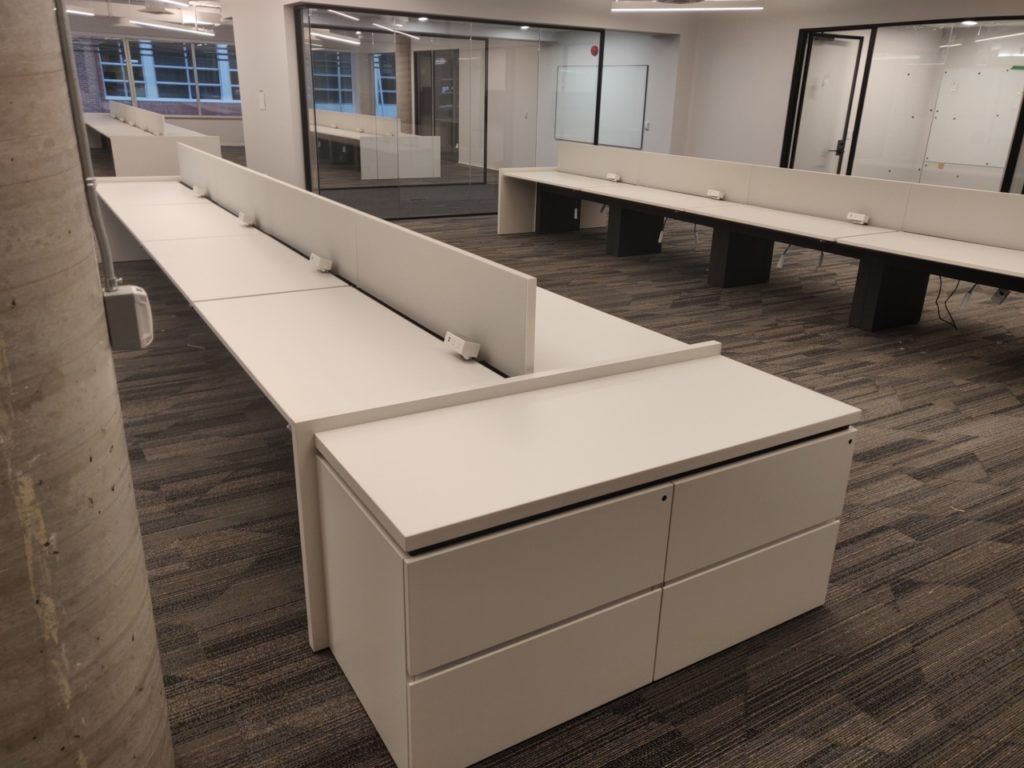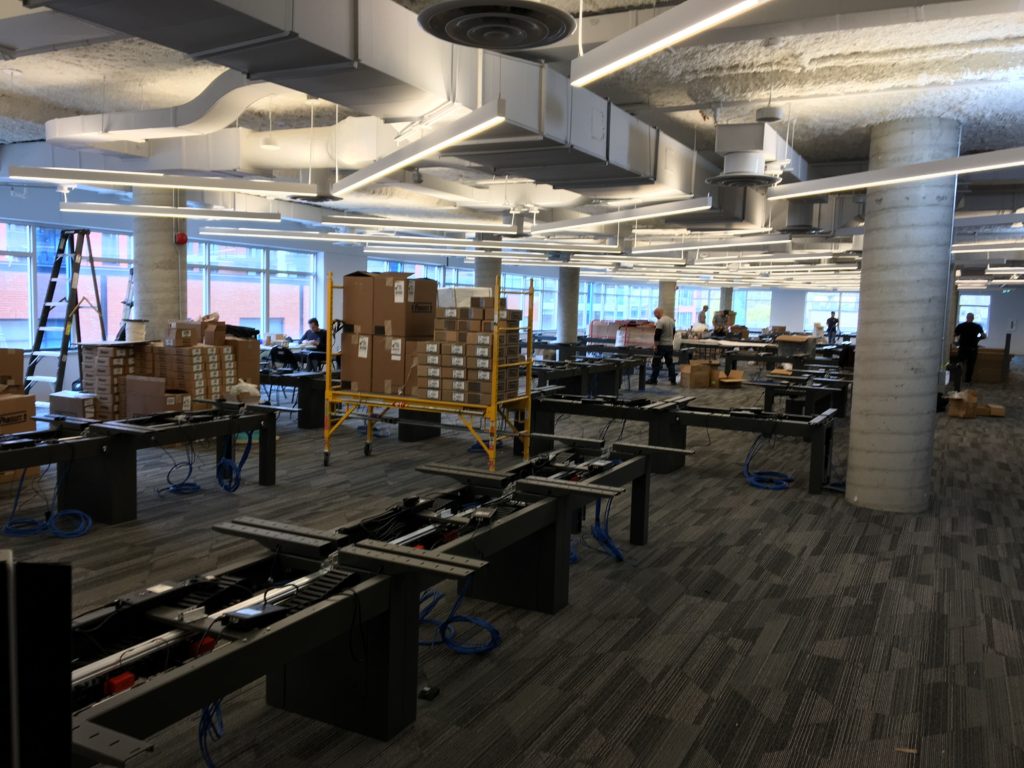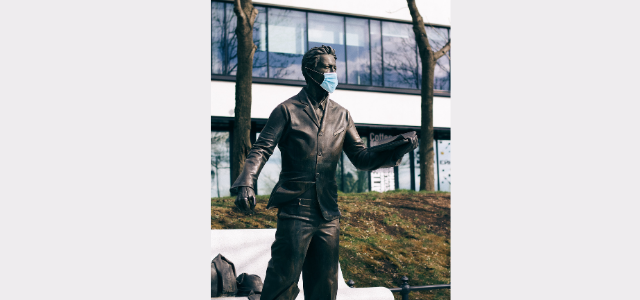
Office Metamorphosis from Physical to Virtual
John Seabrook has written an insightful article, published by the New Yorker, about the paradigm shift from physical offices to remote work and how companies may navigate these unchartered waters in the wake of the pandemic.
The writer poses a thought-provoking set of questions: “What’s an office for? Is it a place for newbies to learn from experienced colleagues? A way for bosses to oversee shirkers? A platform for collaboration? A source of friends and social life? A respite from the family? A reason to leave the house? It turns out that work, which is what the office was supposed to be for, is possible to do from somewhere else”.
In the digital world before the covid shift, the tools that were meant to improve communications in the workplace actually reduced the in person interactions that the open-plan office was supposed to enhance. Now the same tools make it possible to work remotely rather than wasting time online in the office. Surveys cited in the article show that employees actually worked harder from home during lockdown.
Expensive office space in prime markets has become a costly burden. The office has gradually evolved from high-to-low to no workstation panels, culminating in rows of desking systems. That proximity won’t do in the era of the pandemic. Conventional wisdom further evolved during the pandemic, championing the use of antimicrobial materials for high touch locations in the workplace and installation of plexiglass shields and signage promoting social distancing. Finally it became evident that the virus was more likely to spread through HVAC systems than through surface contact and that plexiglass would not slow the spread if the virus is circulating through the ventilation systems.
A VP at Microsoft interviewed by the writer explained that the pandemic is creating a “second digital transformation” by connecting employees’ computers through the cloud wherever they are working. Companies are investing money saved by downsizing physical offices, into cloud-based offices with digital whiteboards and virtual conferencing tools. One of the writer’s ironic conclusions is that the virtual office may eliminate privacy altogether, as every keystroke will be trackable.
Read the full article at:
https://www.newyorker.com/magazine/2021/02/01/has-the-pandemic-transformed-the-office-forever
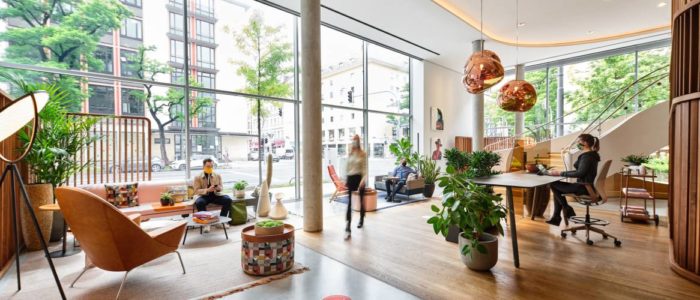
Steelcase Identifies Division, Density And Geometry As Key Elements in Office Reconfiguration
Steelcase has designed their Munich Learning and Innovation Center with screens around and between open plan workstations to create a division between workers facing each other. Density has been reduced by increasing distances between desks and pulling apart seating in collaborative spaces, in order to meet social distancing guidelines. Geometry has been altered by positioning workstations at 90 degree angles to each other.
Learn more about the new design elements Steelcase proposes for a safe return to offices at:
https://www.steelcase.com/eu-en/research/articles/topics/post-covid-workplace/welcome-back/
(Image credit: Steelcase)
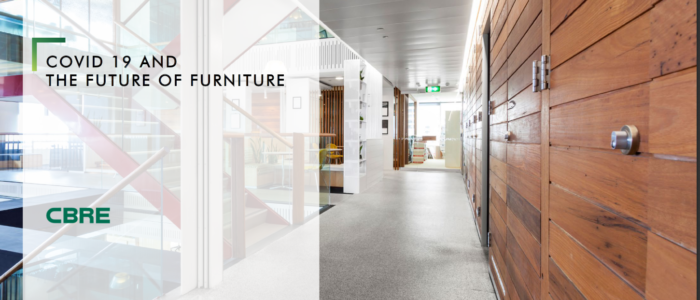
CBRE Publishes Insightful Forecast For The Future Of Office Furniture In The Workplace
CBRE, the largest commercial real estate services company in the world, has published an excellent study of measures required to combat exposure to Covid-19 in the workplace. The study includes detailed graphics explaining how furniture and layouts can be reconfigured in the short, medium and long term.
Read the full report at:
https://irp-cdn.multiscreensite.com/e894f327/files/uploaded/Future%20of%20Furniture%20post%20COVID%2019_CBRE%20Furniture%20Advisory.pdf
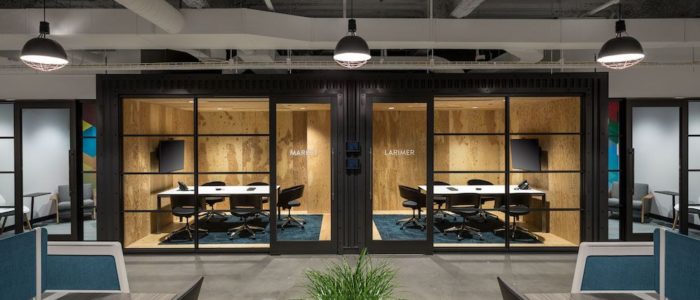
Office Design Likely to Come Full Circle From Private to Open Space and Back To Private Space
The workplace has evolved from an emphasis on private office suites, to open-plan workstations, to free-flowing collaborative open spaces. In the post-pandemic universe, we are likely to see a return to private spaces with micro private offices, larger workstations with barriers to transmission, fewer large conference rooms, elimination of small huddle spaces and a new functional style integrating tech-based solutions with social distancing and enhanced digital interaction.
Read more at:
https://www.workdesign.com/2020/04/what-people-can-expect-from-the-return-to-the-workplace/
(Photo credit: Work Design)
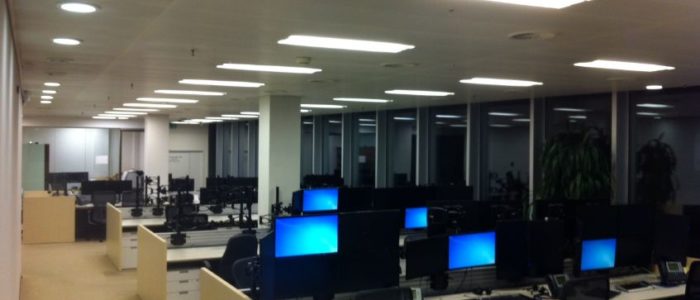
Lacour Trading Desks Installed in Geneva
Take a look at a project we completed in Geneva, Switzerland consisting of trading desks manufactured by LaCour in the US, and exported on behalf of Insidesource, a major contract furniture dealer.
Product was loaded in a container in NJ, shipped to Rotterdam and trucked to Geneva where we cleared customs, delivered and installed by our local logistics partner.
The same process was duplicated globally for this trading company’s worldwide offices.
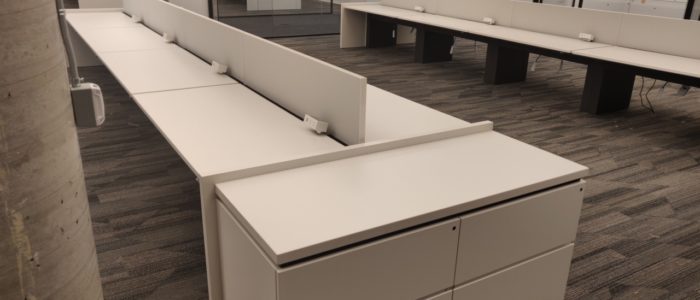
Innovant Partners With Overseas Brokers For Large Trading Desk Project In Montreal
We provide global logistics solutions for the contract furniture industry
Here’s just one example: A 600 desk project we handed in Montreal for a top tier global financial services firm. These are height adjustable desks, made in the US by Innovant, a leading manufacturer of trading desks, benching, private offices and conference room furniture.







